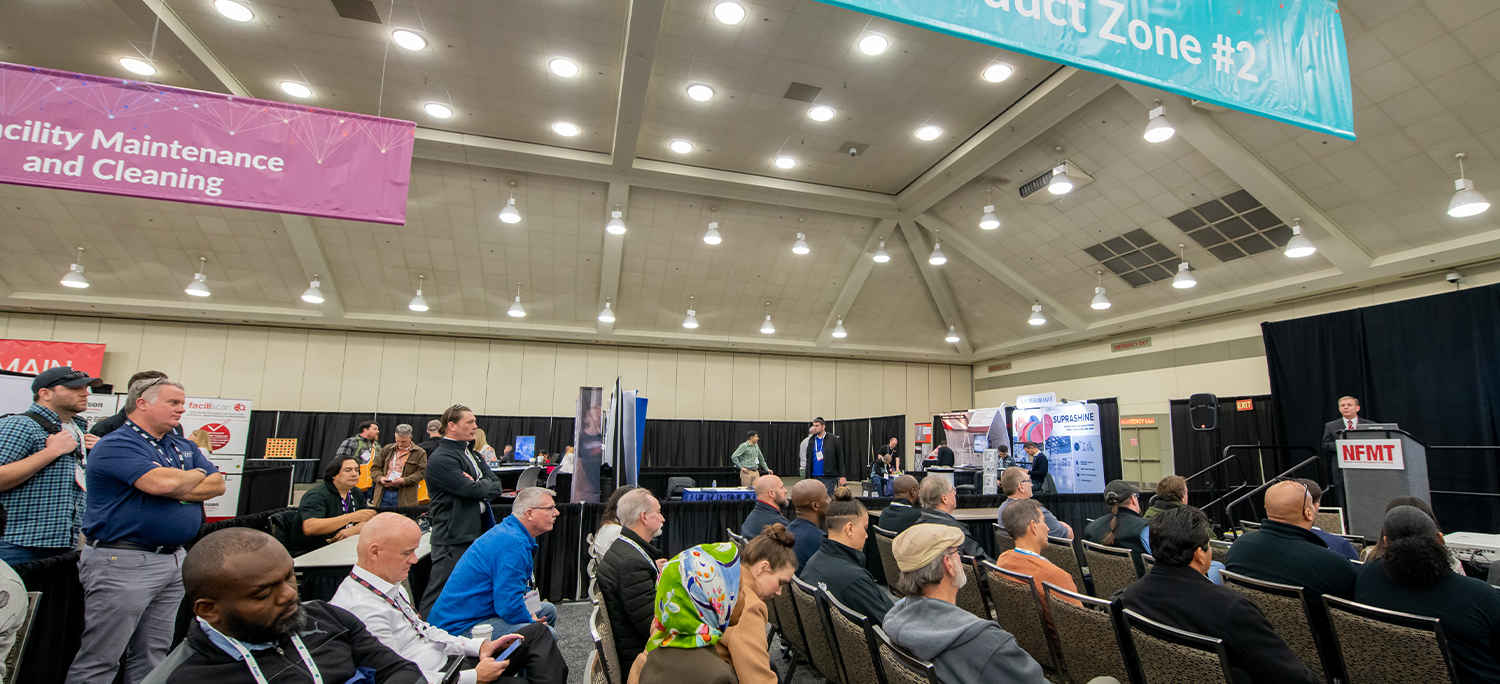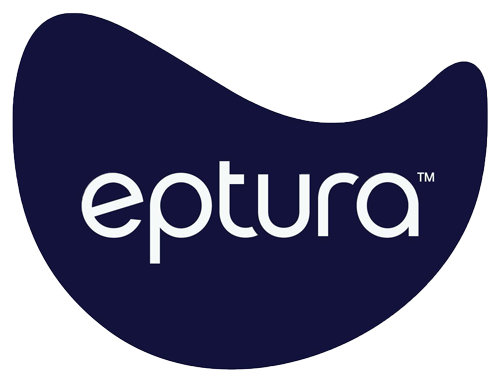NFMT Returns to Baltimore's Inner Harbor, March 25-27, 2025
The Pre-eminent Facilities Event
2024 Recap Video:
Attending NFMTs slate of conference sessions led by well-respected leaders of FM
keep you a step ahead in the fast-paced world of facilities management.
Discover the latest innovations and solutions in facilities management at NFMTs Expo Hall. Explore a wide range of more than 300 exhibitors showcasing cutting‐edge products and services that can revolutionize your facility management practices.
Be a part of Baltimore becoming the hub of facilities management in 2025 Join them
Exclusive Events

Learning Labs in the Expo Hall
Join industry experts, network with peers, and gain valuable insights to enhance your facility operations. Open to all attendees, Learning Labs are 20-minute sessions taking place in the Expo Hall.

$500 NFMT Daily Cash Prize Drawing at Show Central
Drop your Ballot in Eptura's Booth 732 and then Join us at Show Central for the Drawing
Tuesday, March 25 | 4:50 PM
Wednesday, March 26 | 3:20 PM
Thursday, March 27 | 1:20 PM
Enter for your chance to win the $500 Daily Cash Prize drawing in the NFMT Expo Hall! An entry ballot is provided at NFMT registration. Simply fill out and drop in Eptura's booth 732. Then join us at the Show Central booth 1099 (where CBC and NFMT connect) at days/times posted above. Must be present to win.
